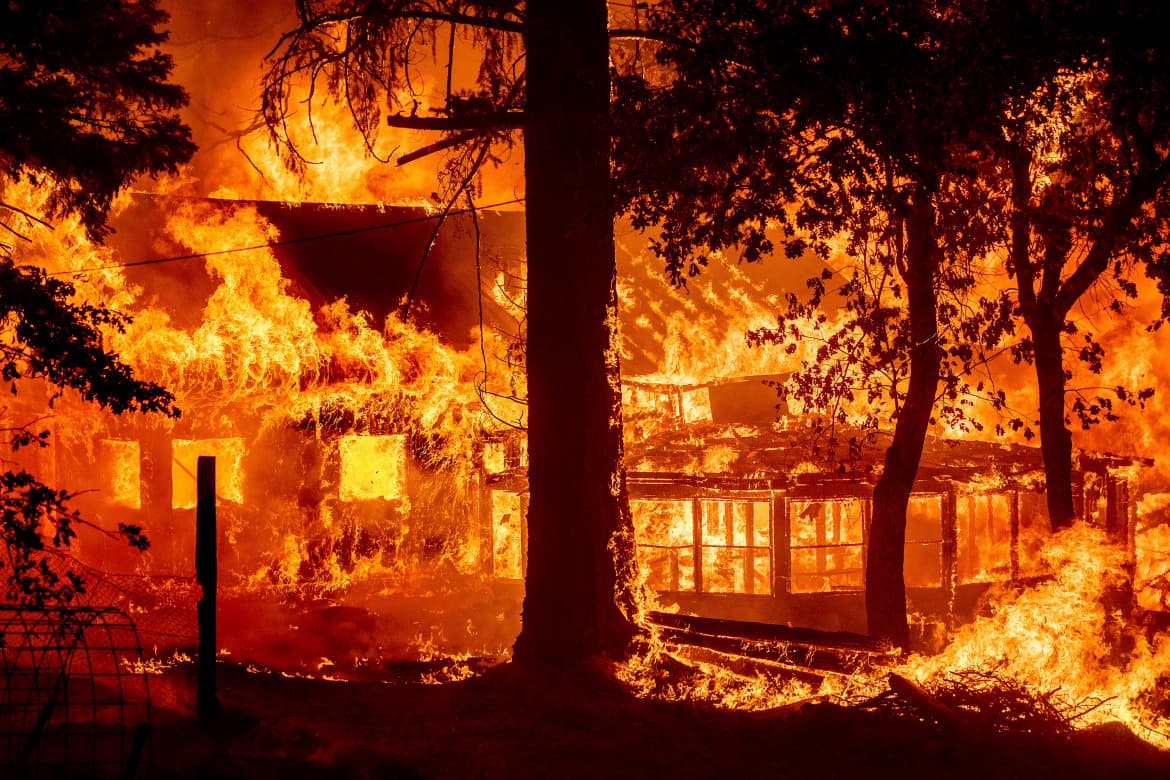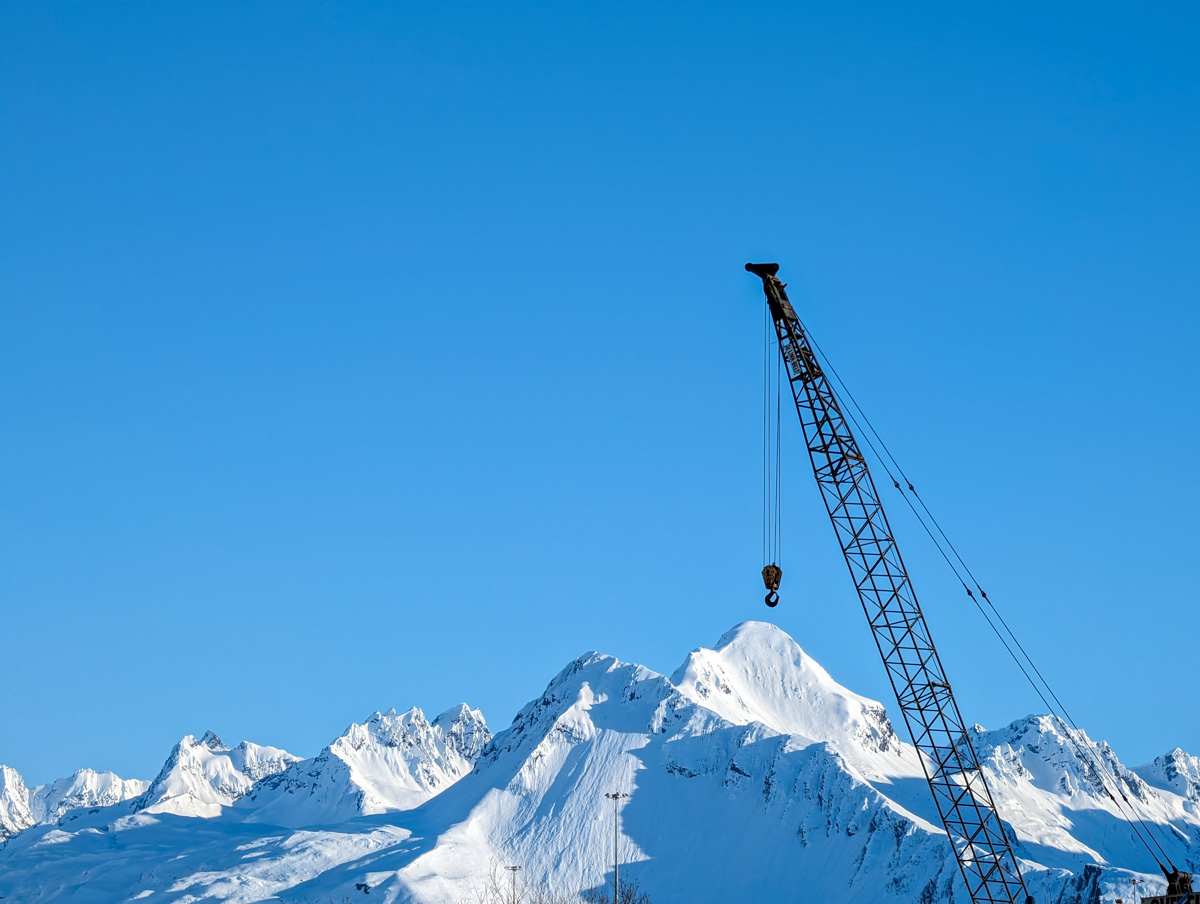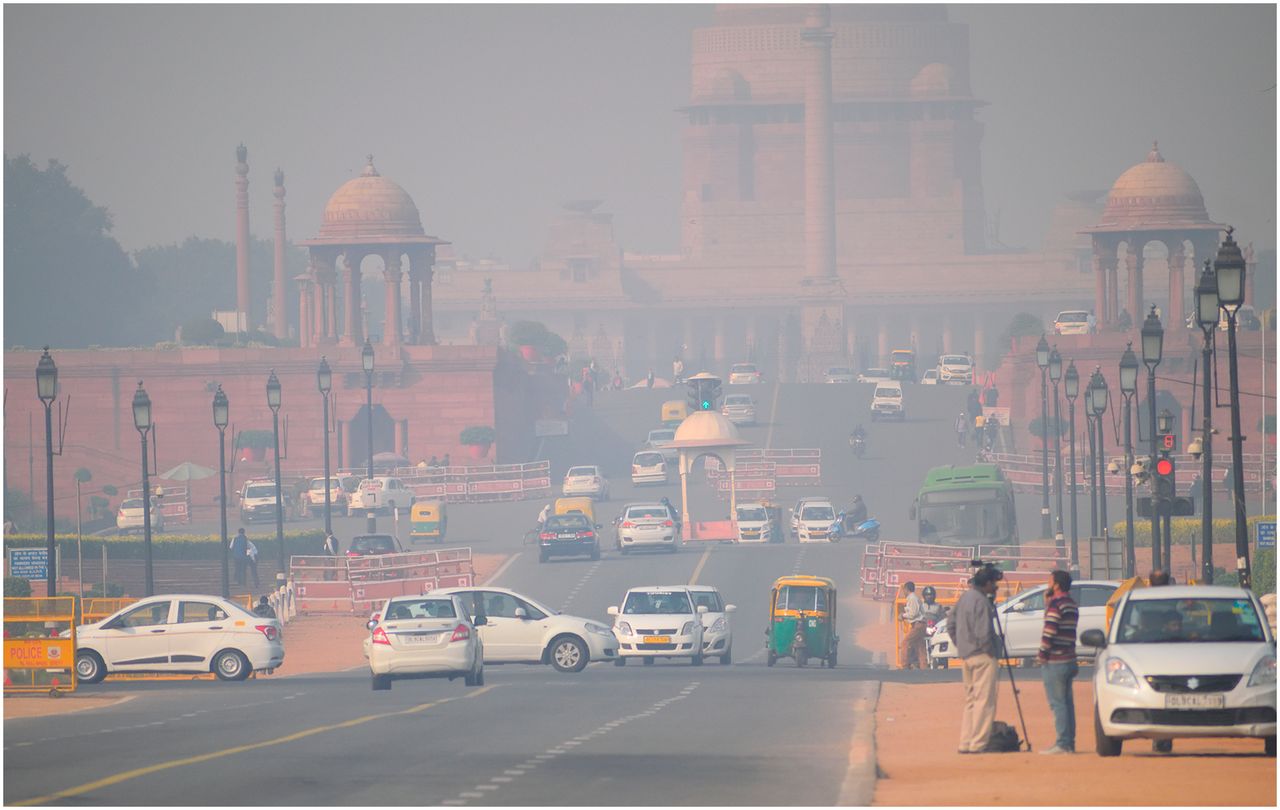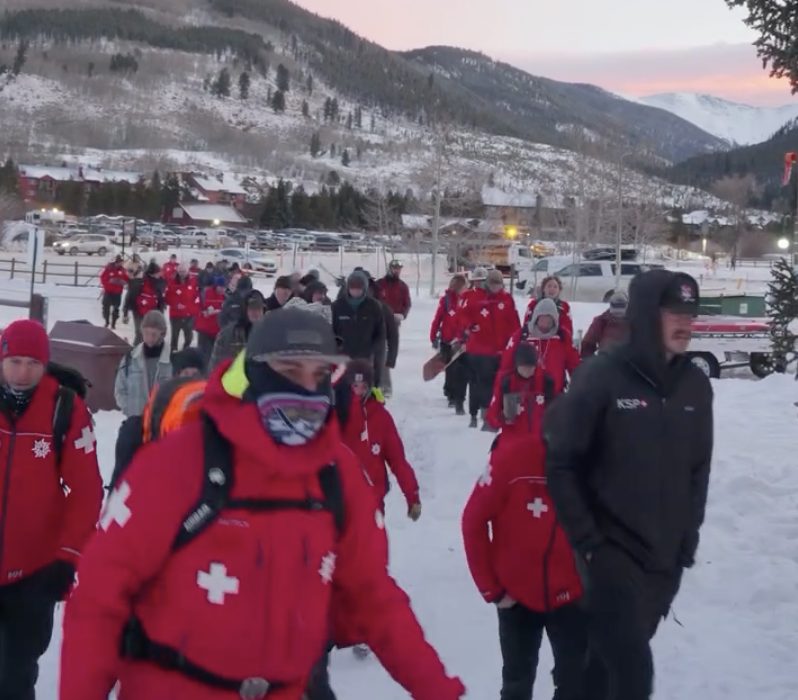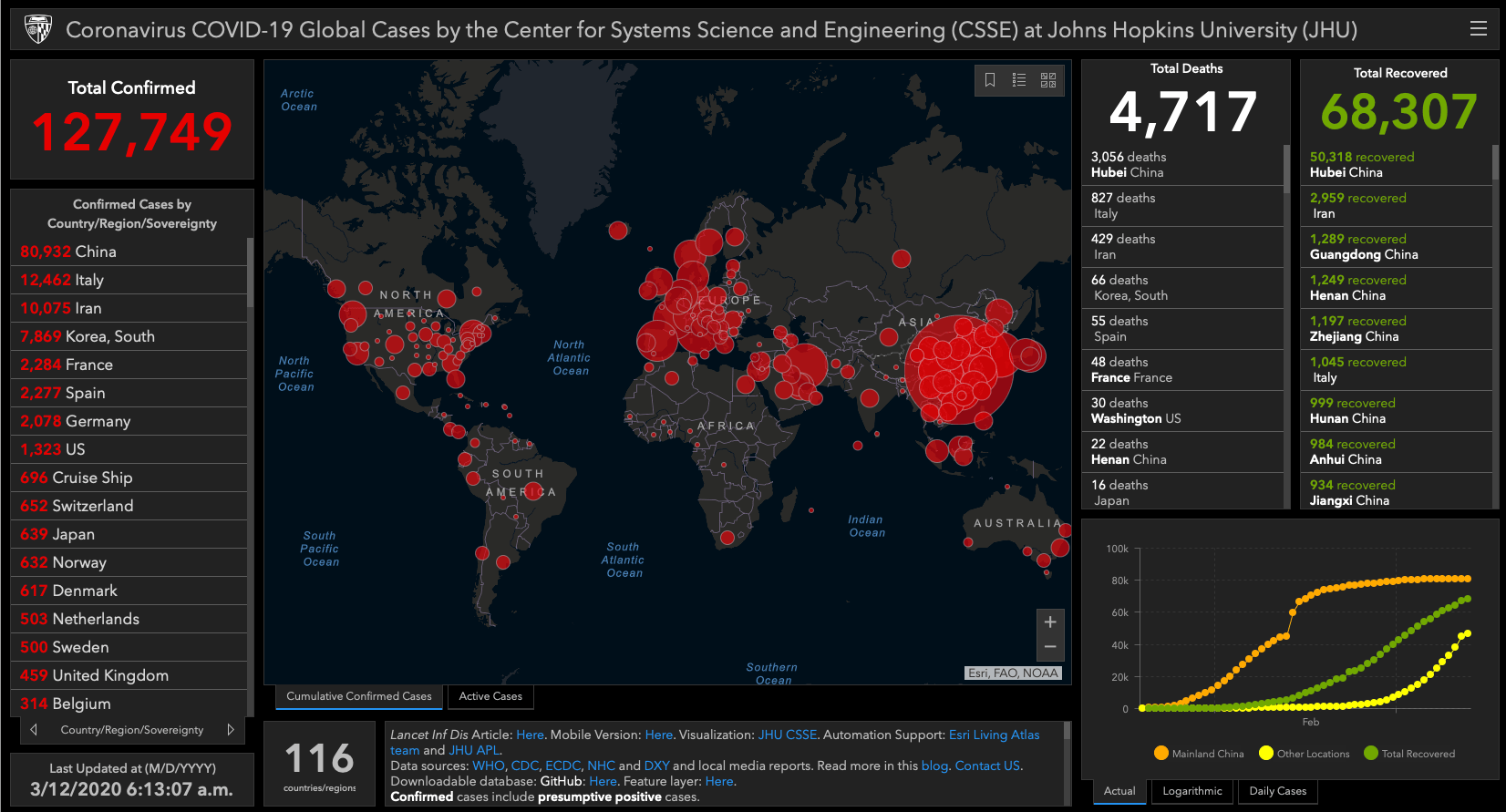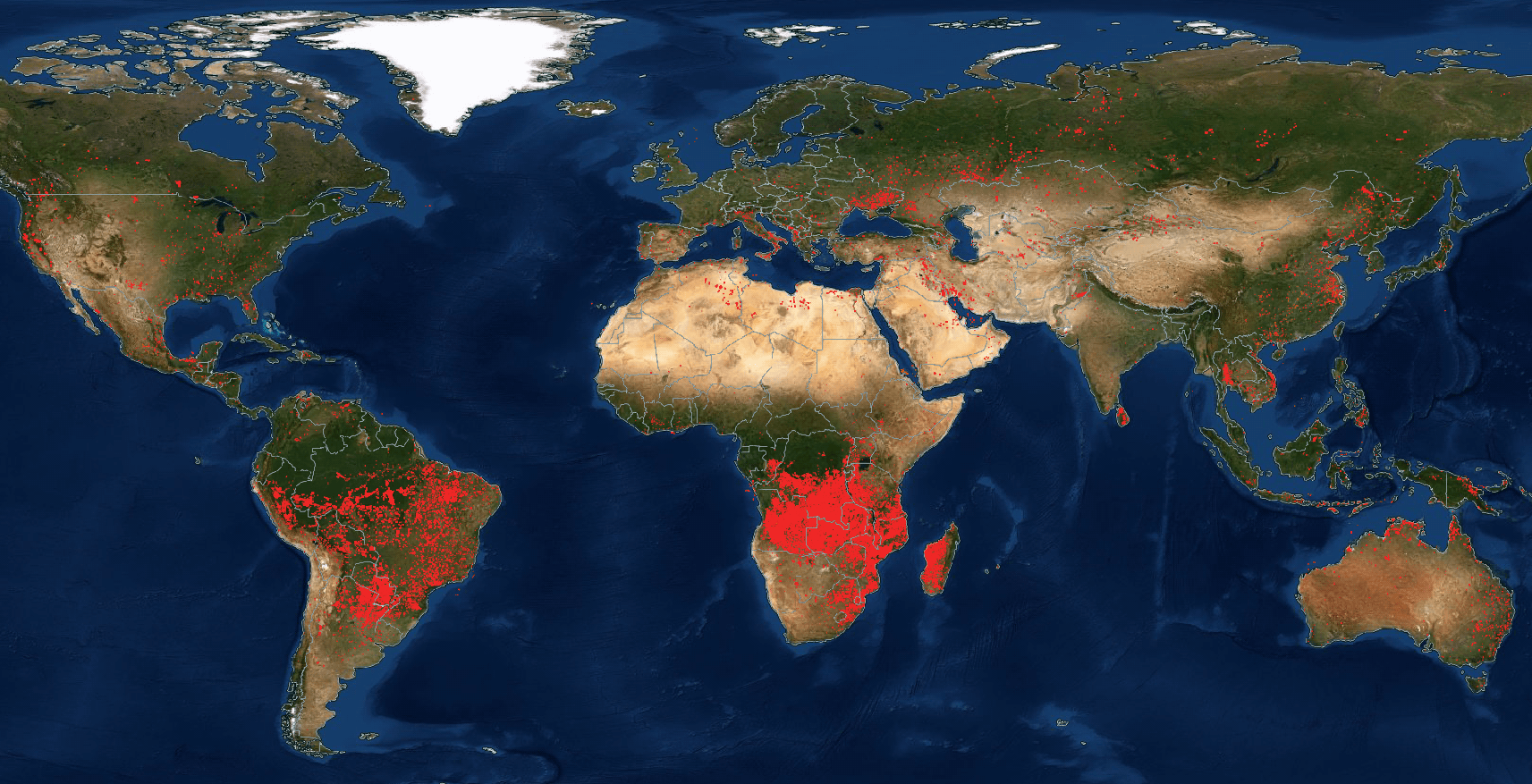
The world is on fire. 2021 is turning out to be a terrible year for wildfires, with widespread fires burning or having burnt across six continents. Huge blazes are burning in North America, South America, Canada, Russia, and Europe.
The devastating effects of wildfires, which have killed more than 100 people and made thousands homeless, have been dominating headlines throughout summer.
Several countries have reported their worst fires in decades, including hundreds of deadly fires across the Mediterranean.
The Dixie Fire in California and the wildfires blazing across Siberia are some of the largest wildfires in modern history.
North America
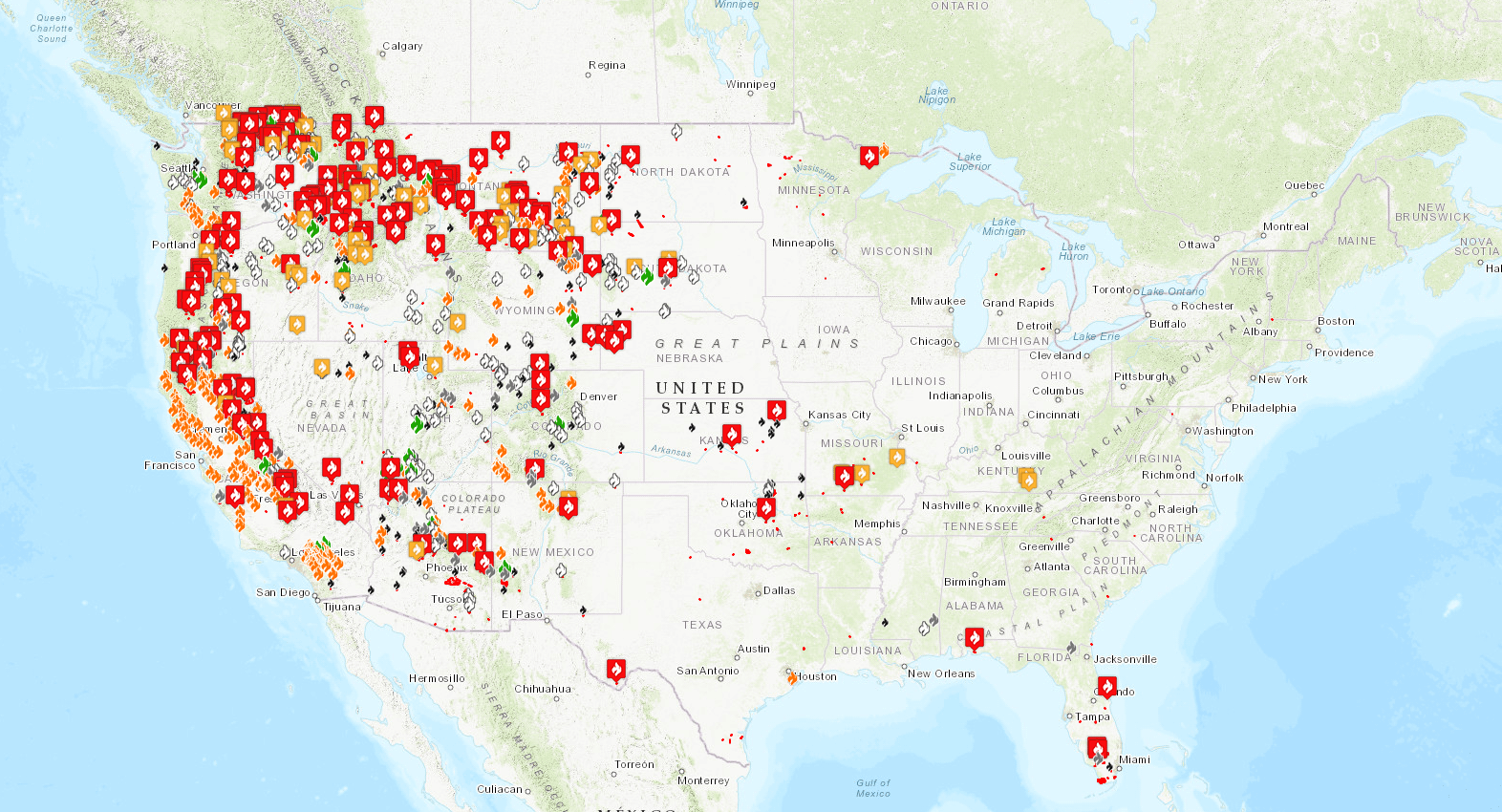
In the US, California’s Dixie Fire, which began mid-July, is the second biggest in the state’s history. Fire chiefs announced on Tuesday that the wildfire has burned 626,751 acres and is 31-percent contained. That’s an area twice the size of New York City. Nationally, more than 2.4 million acres have burned in 104 large fires and complexes in 12 states. More than 25,000 wildland firefighters and support personnel and 34 Type 1 and Type 2 Incident Management Teams are assigned to incidents across the country.
In Canada, hundreds of fires also swept across the country following record-setting temperatures in July. Almost 6,000 fires have burned nearly 9-million acres, nearly double the 10-year average.
Mediterranean
A heatwave across southern Europe, fuelled by hot air from Africa, has caused hundreds of wildfires. In Turkey, at least eight people have been killed since July 28, after the “worst wildfires” in history.
Greece
More than 500 fires resulted in the evacuation of thousands of people in Evia, Peloponnese, Attica, and Athens. Two people have been killed, and at least 20 others injured.
Italy
Firefighters have battled more than 500 blazes in Sicily and the southern Calabria region, where at least two people have died. Last week Sicily recorded a temperature of 48.8ºF, potentially the hottest temperature ever recorded in Europe.
France
Fires have also raged in the south of France, killing at least two people on Wednesday near popular tourist destination Saint-Tropez.
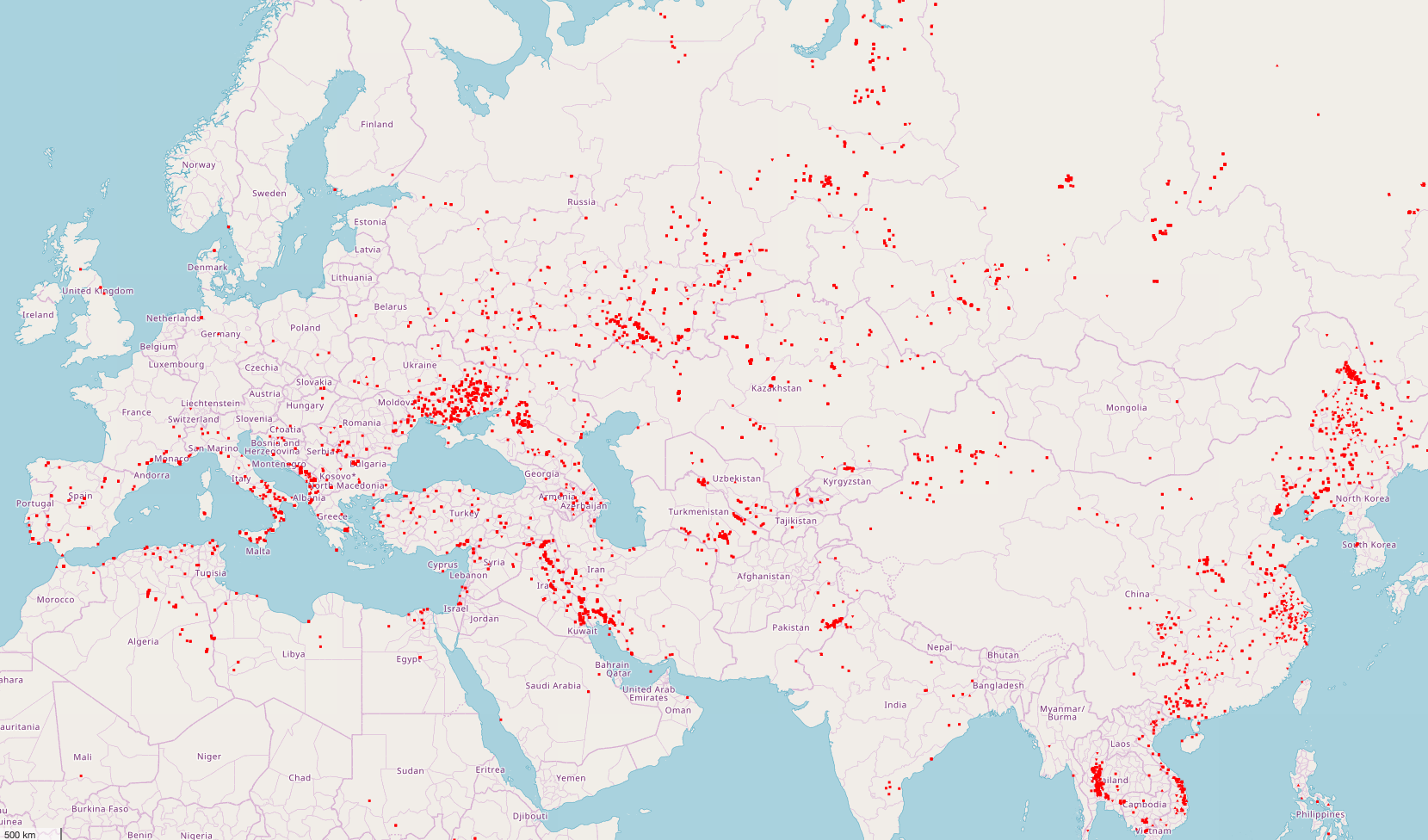
Algeria
According to local authorities, almost 100 people, including 33 soldiers, have been killed in wildfires, the deadliest fires in the nation’s history. Arsonists and “criminals” have been blamed, with dozens of arrests made.
Siberia
In Russia, out-of-control fires have burned thousands of miles of Siberia’s forests in the country’s largest and coldest region. The largest of these fires reached 3.7-million acres in size, just 988,000-acres short of the largest wildfire in recorded history. Siberia’s wildfires are larger than the fires across the rest of the world combined.
South America
Nearly 300 major fires have been detected in the Amazon this year, burning around 300,000 acres—an area roughly the size of Los Angeles, CA.
More than 75% of these fires blazed in the Brazilian Amazon, followed by Bolivia, Peru, and Colombia.
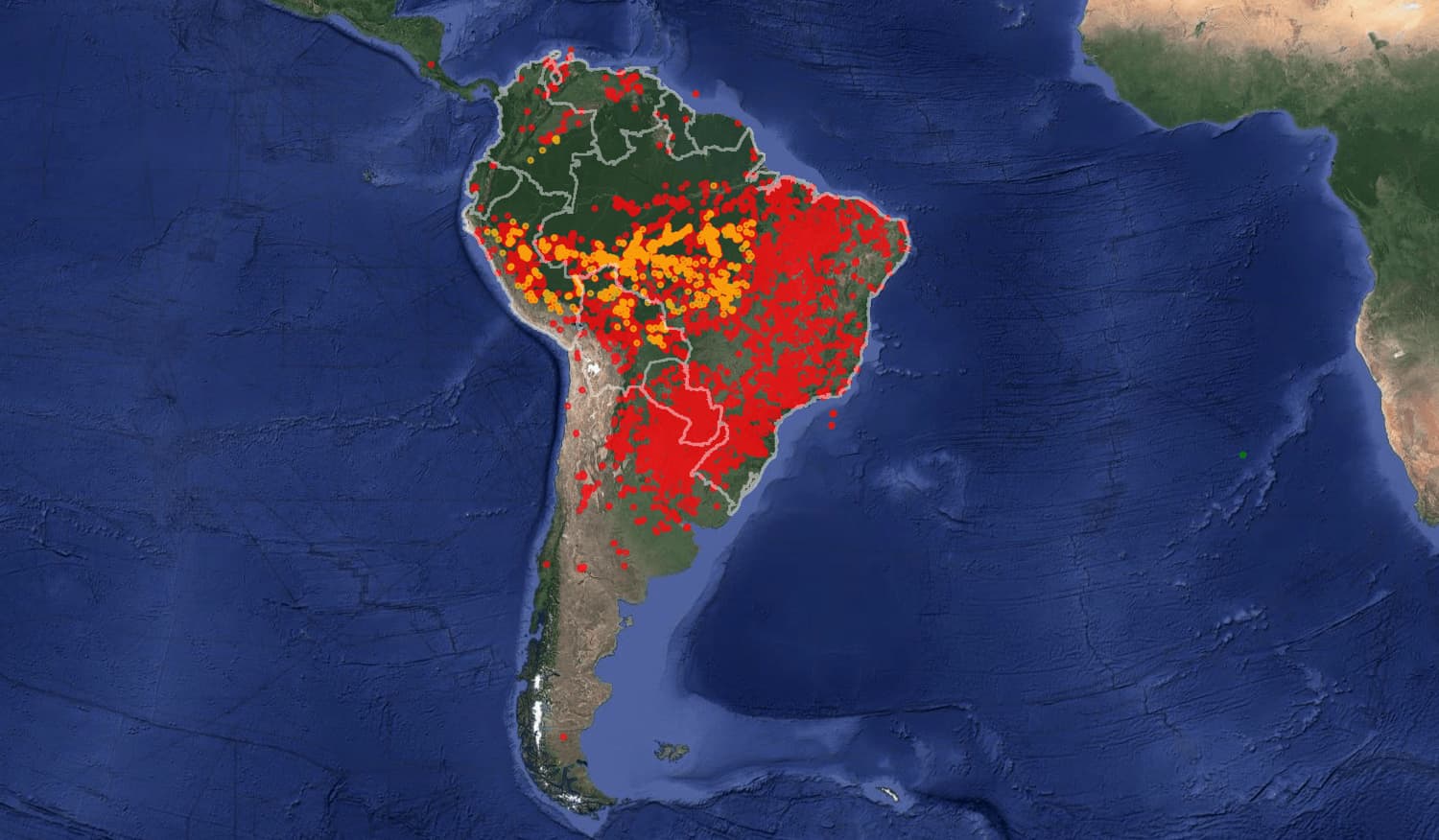
Experts blame climate change for the huge increase in wildfires, saying it has extended the traditional wildfire season and increased the frequency of blazes. Warmer temperatures lead to increased evaporation and drier soils. Out west, warmer temperatures mean snowmelt happens earlier, so soils are drier for longer. Combined with less rainfall and a huge amount of dead plant matter caused by tree-killing insects in recent years, if a fire is started, it has the means to burn hotter and spread further.
